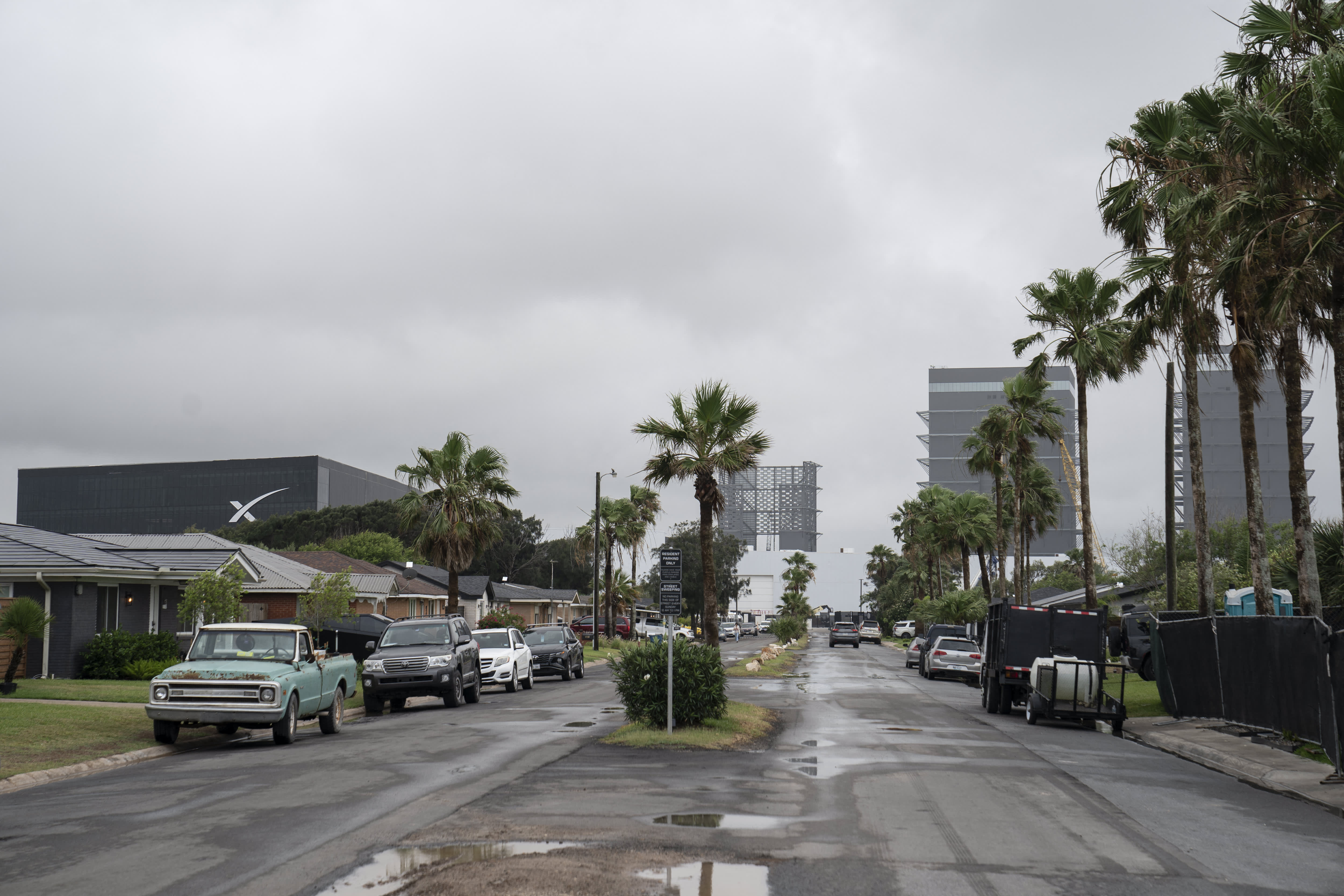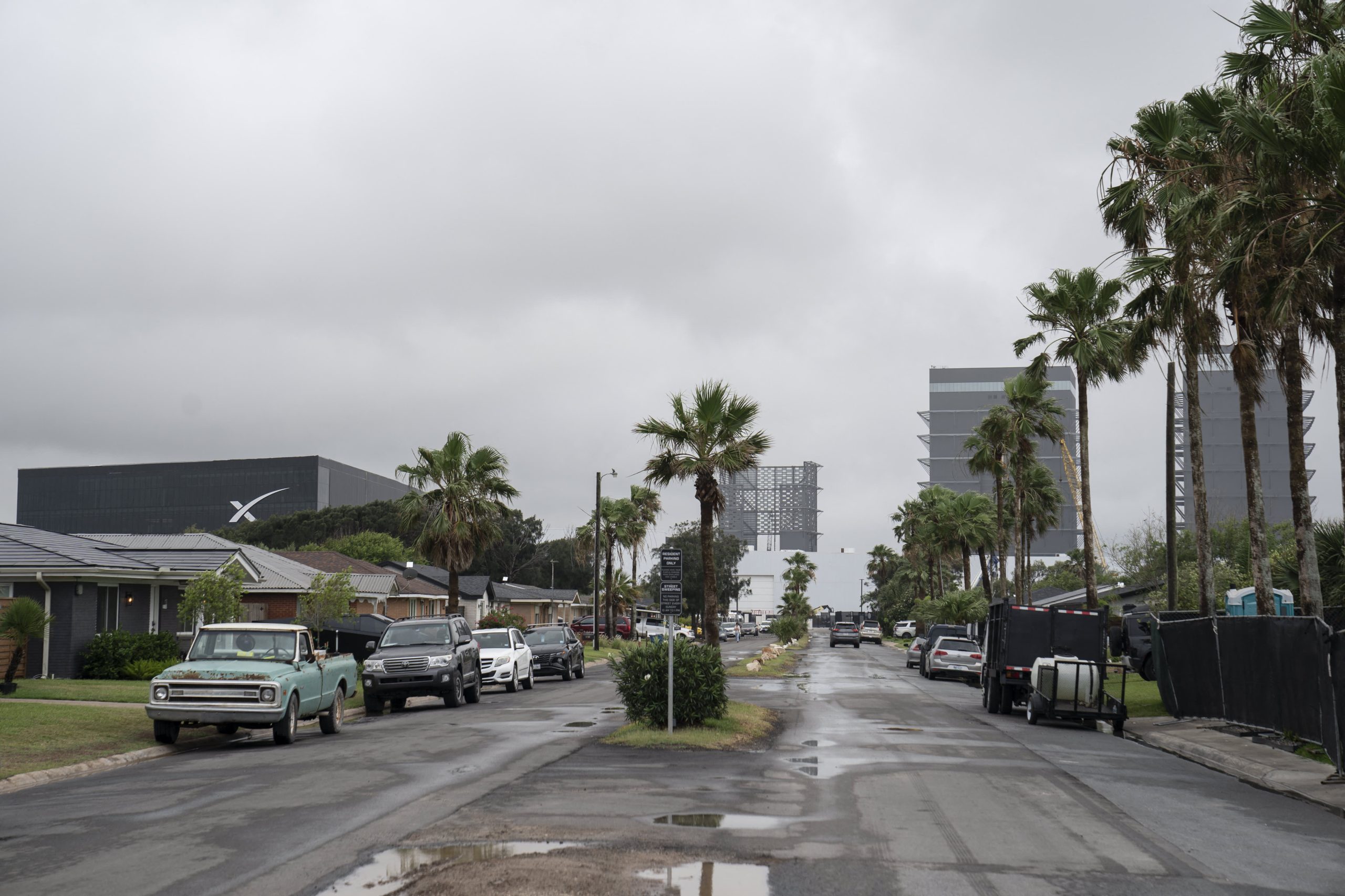
Nestled near Brownsville in South Texas, a quiet little hamlet once known as Boca Chica Village has undergone a radical metamorphosis. This sleepy stretch of land has been reborn as Starbase, Texas—a newly incorporated city intimately entwined with Elon Musk’s aerospace juggernaut, SpaceX. What might seem like a mere municipal makeover is, in reality, a complex confluence of corporate ambition, local governance, and community upheaval, one that’s redefining what it means to live in a modern-day company town.
The official birth of Starbase came in early May 2025, following a decisive vote dominated by SpaceX employees who sought greater sway over zoning, development, and governance decisions. This isn’t just a bureaucratic formality; it marks the establishment of a city fundamentally aligned with SpaceX’s operational needs and Musk’s broader vision for space exploration innovation. Though the vote passed by an overwhelming consensus, signaling strong employee support, the new city’s governance has already stirred controversy. A recently leaked memo revealed some residents might “lose the right to continue using” their properties as they currently do, coinciding with proposed zoning changes and a freshly drafted citywide map. Naturally, such news throws a wrench into the lives of long-term property owners, raising serious questions about property rights and the preservation of the community’s traditional character amid rising corporate influence.
Delving deeper reveals that Starbase is far from an accidental product; it’s a strategic outgrowth of Musk’s ambitions. He envisions it as a futuristic model for company towns—once all the rage during the industrial age—but updated for the spacefaring 21st century. Instead of steel mills or railroads, the centerpiece is high-tech space innovation. Yet, this transition spotlights delicate questions about local autonomy and representation. For example, while SpaceX employees had the lion’s share of influence in incorporating Starbase, non-affiliated residents may find themselves marginalized as governance and city planning increasingly reflect corporate priorities. This creates a precarious balance of power where the economic and political muscle of a private enterprise edges against the rights and voices of individual citizens.
The land’s cultural and environmental backdrop adds further complexity. Boca Chica Beach, adjacent to Starbase, isn’t just a recreational spot; it holds spiritual and cultural significance for indigenous groups like the Carrizo/Comecrudo Tribe. The tribe’s ties to the land aren’t merely historical footnotes—they represent ongoing claims and connections that clash with Musk’s and SpaceX’s efforts to control the area on their own timetable. Attempts to restrict public access to these lands have sparked backlash, framed by critics as attempts to privatize a once-public space. This conflict underscores a broader and increasingly common tension: when immense financial capital and corporate interests move into rural or semi-public spaces, the struggle for control over land, heritage, and community identity intensifies.
Starbase’s emergence also mirrors broader shifts in Musk’s business empire. Relocating SpaceX headquarters from California to Texas partly reflects a quest for regulatory and political environments more amenable to his futuristic ambitions. This move isn’t just geographic—it’s ideological, representing a push to mold not only a company’s operational base but also the very communities that surround it. It’s an experiment at the intersection of urban planning, technological enterprise, and political power—one that tangibly affects individual lives and property ownership.
Historically, company towns centered around industries like railroads and steel mills were often tight-knit but heavily controlled environments. Starbase retains that flavor but pivots into a space-age context. Using electoral mechanisms boosted by employee voters to entrench corporate alignment is a novel twist, raising questions about inclusivity and fairness. While many SpaceX-aligned voters welcomed incorporation, skeptics wonder how the remaining residents will adjust, especially if new policies start to erode their property rights or alter their daily lives.
As the transformation unfolds, Starbase encapsulates an unprecedented fusion of a high-tech hub and a municipal entity. The city’s trajectory spotlights critical tensions between innovation-driven growth and the preservation of established community interests. The warning that some residents may soon lose long-held property use rights is emblematic of this struggle, underscoring how private enterprise’s expansion can ripple through the social and physical fabric of a place. Starbase is more than just a company town—it’s a living case study in how the ambitions of visionary entrepreneurs collide with the complex realities of residency, culture, and community in the 21st century.

